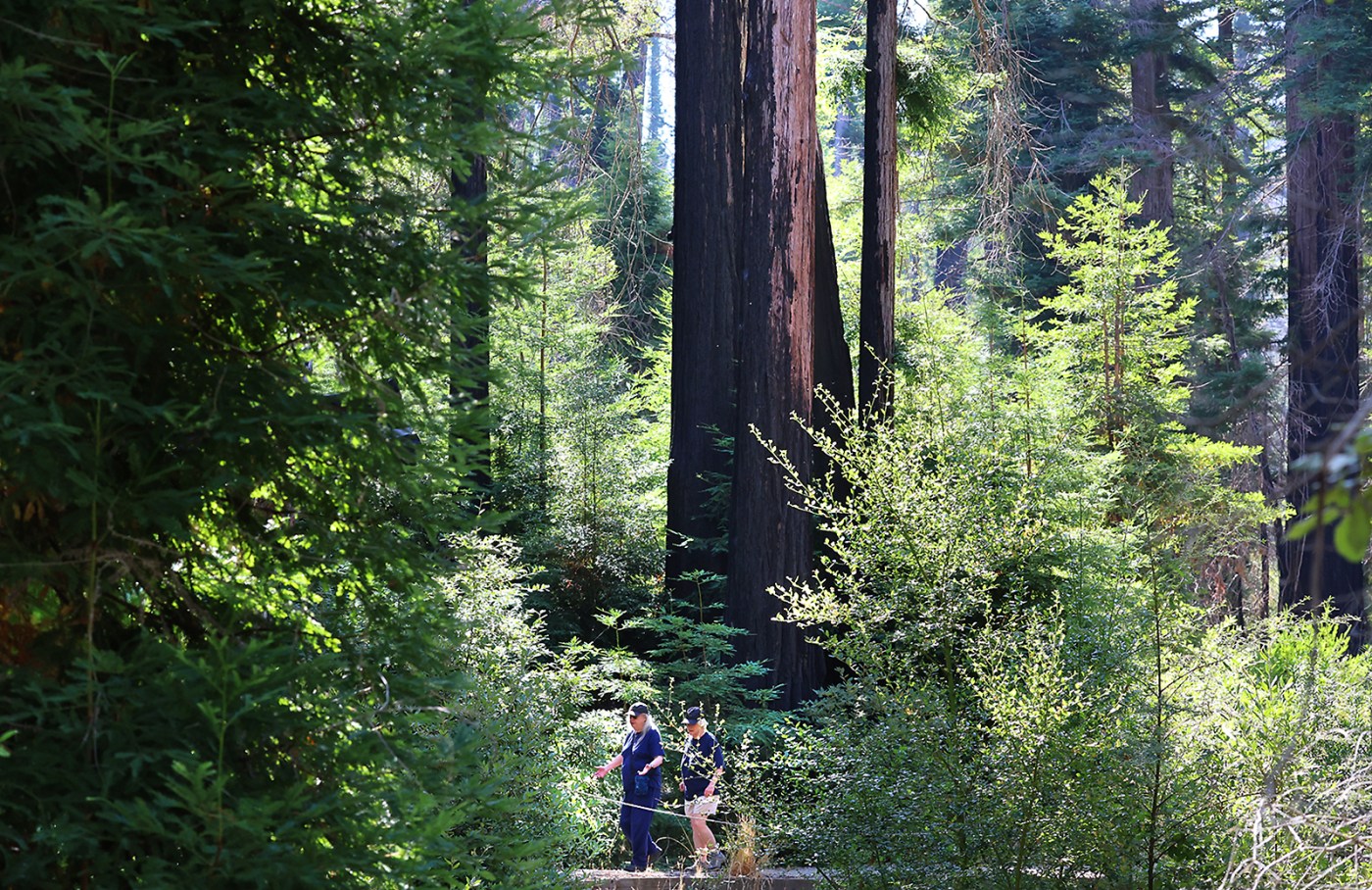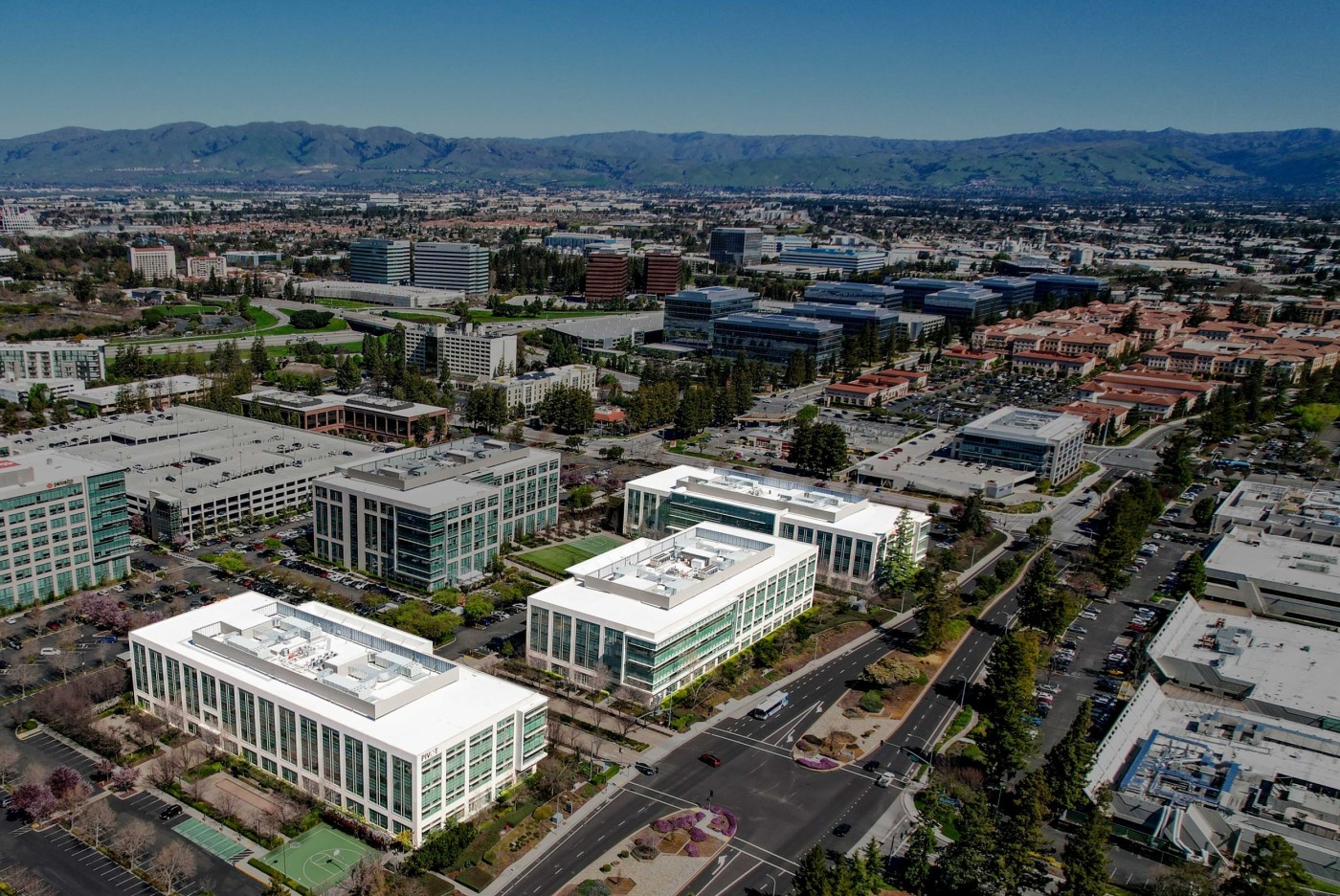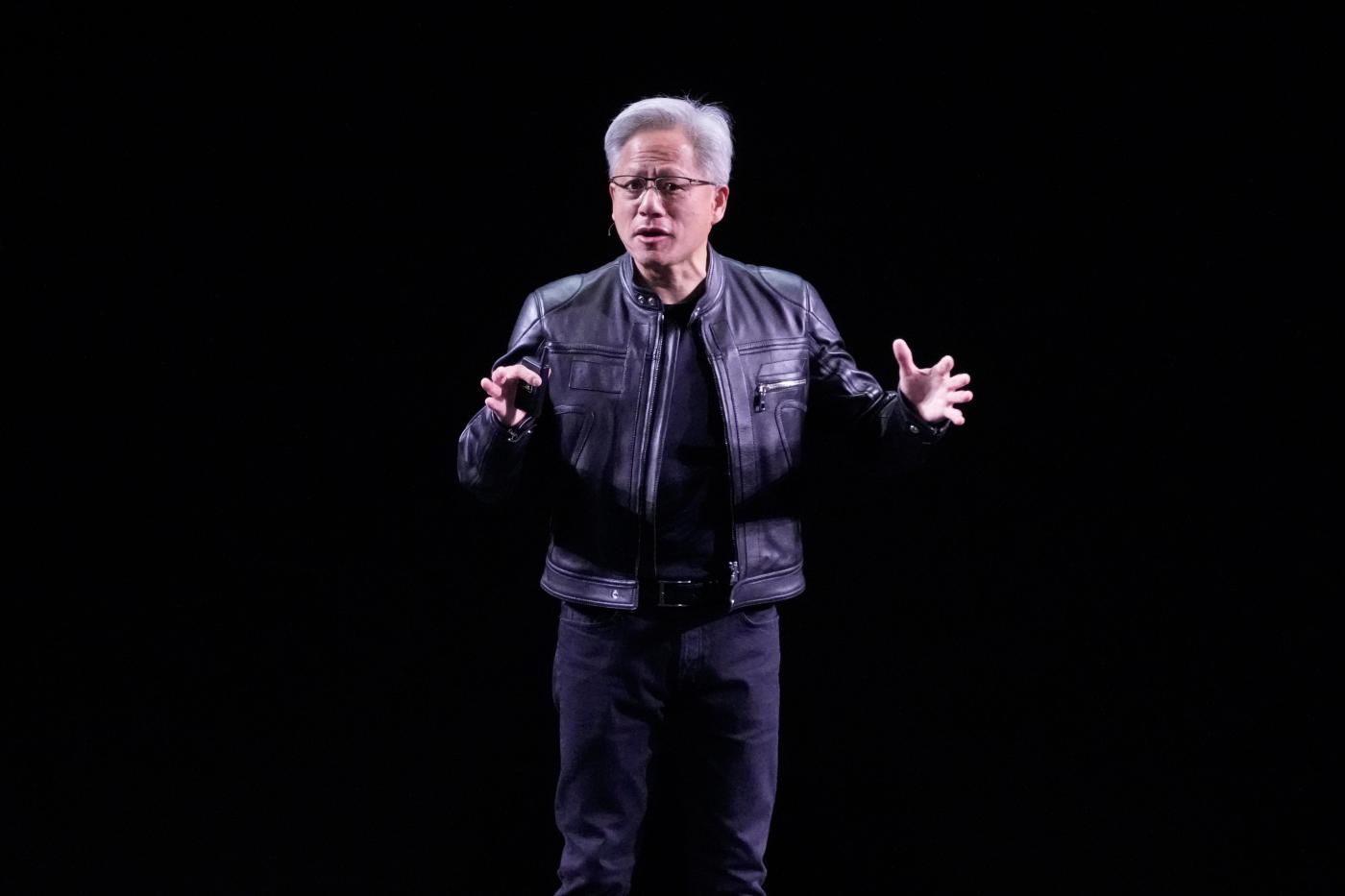BOULDER CREEK — California’s oldest state park — Big Basin Redwoods — thrived for 118 years, but it took less than 24 hours for almost all of the 18,000-acre property to go up in smoke.
In the early hours of the CZU Lightning Complex fires, ignited Aug. 16, 2020, the wind moved in a southern direction, forcing the light brown plumes of wildfire smoke over the Pacific Ocean and away from the historic facility and forest nestled deep in the Santa Cruz Mountains. But to the horror of the park’s staff and an anxious public, the wind flipped on Aug. 18 and put the treasured local enclave directly in the fire’s path.
What started as a few spot fires quickly transformed into a raging inferno that chewed through 100 structures, 85 miles of trails, 20 homes inhabited by State Parks staff and a new nature museum that was only months from opening. Most of the park’s famous old growth redwoods, some standing at 1,800 years old, survived the harrowing ordeal but were stripped of any elegant greenery and left with broad trunks entirely blackened by flames.
“There are multiple generations of memories at that park,” said Bonny Hawley, executive director of Friends of Santa Cruz State Parks, the local nonprofit State Parks operating partner. “People have very clear, very strong memories and emotions associated with that park and it’s hard for some people to see the changes.”
And while most of those memories now exist only in photographs, books and the minds of those that experienced the park in its former glory, Hawley and other park stewards hope the recovery effort that was mounted in the fire’s wake will serve as a beacon of resiliency in a climate that is much different from what it was a century ago.
“Rather than just putting back what was there before and hoping for the best, (we’re) trying to be very thoughtful about what we rebuild in a way that can last over time,” said Hawley. “We have an opportunity to really put that to the test at Big Basin.”
Something seen before
Big Basin reopened to day visitors in 2022 and for those who’ve returned to the local landmark, the recovery, in many ways, is self evident. Natural Resources Program Manager for State Parks’ Santa Cruz District Tim Hyland explained that the natural environment began its own adaptation not long after the flames were extinguished. In fact, “recovery” is not Hyland’s preferred word because he views fire as a natural phase of a forest’s lifecycle that temporarily suppresses certain features while allowing others to thrive.
Hyland said photos of Big Basin shortly after another massive fire struck the region in the early 1900s illume a park and its ancient, towering mascots that look strikingly similar to what visitors see today.
“They (redwood trees) are adapted to infrequent, high-severity fire. That’s something they’ve seen before,” said Hyland. “This redwood forest has been through this and it’s a cycle and there are some things … that only show up after you have an event like the CZU (Complex).”
The attention of park visitors is usually grabbed first by what Hyland and other scientists refer to as the “bottlebrush effect.” The phenomenon involves a redwood tree tapping into pockets of carbon energy stored in its trunk for as many as 60 years. This allows the tree to produce tiny green shoots of feathered leaves so it can continue to nourish itself through photosynthesis while, in turn, assuming a bushier incarnation akin to a bottlebrush.
Hyland estimated it’ll take Big Basin trees another 10-20 years to reestablish a thick canopy and while the forest works toward that goal, other fire-following plants and critters see an opening. Now, with uninhibited access to the sun’s warmth, the forest floor has exploded with fast-growing vines and shrubs as seeds that have sat dormant for decades unfurl. Among the bushy abundance are California lilacs, tiger lilies, huckleberry, blackberry, sprouts from tanoaks and Pacific madrone trees looking to regrow, as well as a host of accompanying nesting birds and pollinators.
“All these other things that are part of the system are taking advantage of all of the resources that the redwoods are now not able to monopolize,” said Hyland.
But the plants and animals aren’t the only ones that have been active.
A different experience
State Parks, with help from local nonprofit partners, launched a community-based visioning process in 2020 that culminated in creation of its Reimagining Big Basin Vision summary in 2022. The document lays out a comprehensive vision for how the park can be rebuilt in a sustainable way while maintaining adequate public access amenities.
At a recent community meeting in Boulder Creek, State Parks Senior Planner for the Santa Cruz District Will Fourt said the goal for the day use area’s redesign is to reduce the structural footprint by approximately 50% compared to what existed prior to the CZU fires. This will allow the natural landscape and meadowlands to recover to such an extent that the environment itself becomes the axis around which the park revolves for decades to come.
While the construction effort is still several years away, features are likely to include a new visitor hub at Saddle Mountain, a mixed tribal use space at Little Basin, a large camping space for tents, cabins and RVs, and a reconstructed amphitheater. Camping is still available at the Rancho Del Oso Nature and History Center on the coastal side of the park off of Highway 1.
California lawmakers allocated $186 million for rebuilding Big Basin in the state’s 2021 budget, but costs are likely to rise according to Fourt.
“What’s available from that budget will get us started,” said Fourt. “But we will need to pursue additional funding.”
And while the park doesn’t have any permanent structures or running water, that hasn’t prevented crews and a loyal base of community volunteers from getting day use features up and running. A network of more than 20 miles of trails, including fire roads, have been reestablished and can be used by hikers. Bicyclists are strictly limited to the fire roads.
Joe Buck has been visiting Big Basin for 40 years and, since retiring earlier this year, volunteers there a couple times per week. He said he’s hiked all the trails that are now open and is happy with what he’s seen.
“What you can go to, there’s still plenty of good hikes,” he said.
Buck admitted his first visit to the park in 2022 was jarring, but said conditions have steadily improved over the past three years and he’s confident in the recovery effort.
“Nature comes back. Sometimes it’s frustrating how slow things take,” said Buck. “If we protect (the redwoods), they’ll survive. And I think there’s a will to do that.”
Hawley, from Friends of Santa Cruz State Parks, said she’s been encouraged by visitation numbers, which are just short of 200,000 since 2022 — still a far cry from the estimated 1 million annual visitors before 2020. She said Big Basin fans can look forward to a new ecological hub at the former park headquarters, public education opportunities and streamlined Santa Cruz Metro shuttle bus access.
She also sees a silver lining in the reduced visitor figures.
“Part of the public planning that’s happened through reimagining Big Basin is really clarifying that people value the old growth, the historic core and that the primary value there is protecting the old growth trees rather than having masses of parking lots and huge crowds,” said Hawley. “When the park is fully reopened, it will be a different experience.”
Future fires
Despite the light green tint of fresh growth, staircases that lead to empty plateaus and a multitude of other inescapable visual reminders of the CZU fires, Hyland said the park’s fire threat is as low as it has been in 100 years.
State Parks crews even attempted to light a controlled burn last year, he said, but nothing significant materialized.
“There just is not enough fuel in the ground to carry a fire,” said Hyland.
But it won’t last. The park will approach a hazardous window in the next decade or so, he explained, when enough shrubs have matured and debris has accumulated. To soften the edges of the threat, State Parks staff plan to continue with intermittent debris collection and prescribed burns — a departure from practices of the past 150 years, Hyland said.
Still, he made a point of emphasizing that fire is a part of the local ecosystem and cannot be prevented. Redwoods are capable of surviving and thriving in an environment of infrequent severe fire, but it’s when the balance tilts toward higher frequencies that the coastal giants become truly threatened.
“They can take a high-severity fire. But if they have a fire like we had with CZU every 20 years, the forest will convert away from redwoods,” said Hyland. “We don’t get to choose whether or not we have fire. We just get to choose what kind of fire we have.”
Information about the Big Basin reimagining effort is at reimaginingbigbasin.org.





